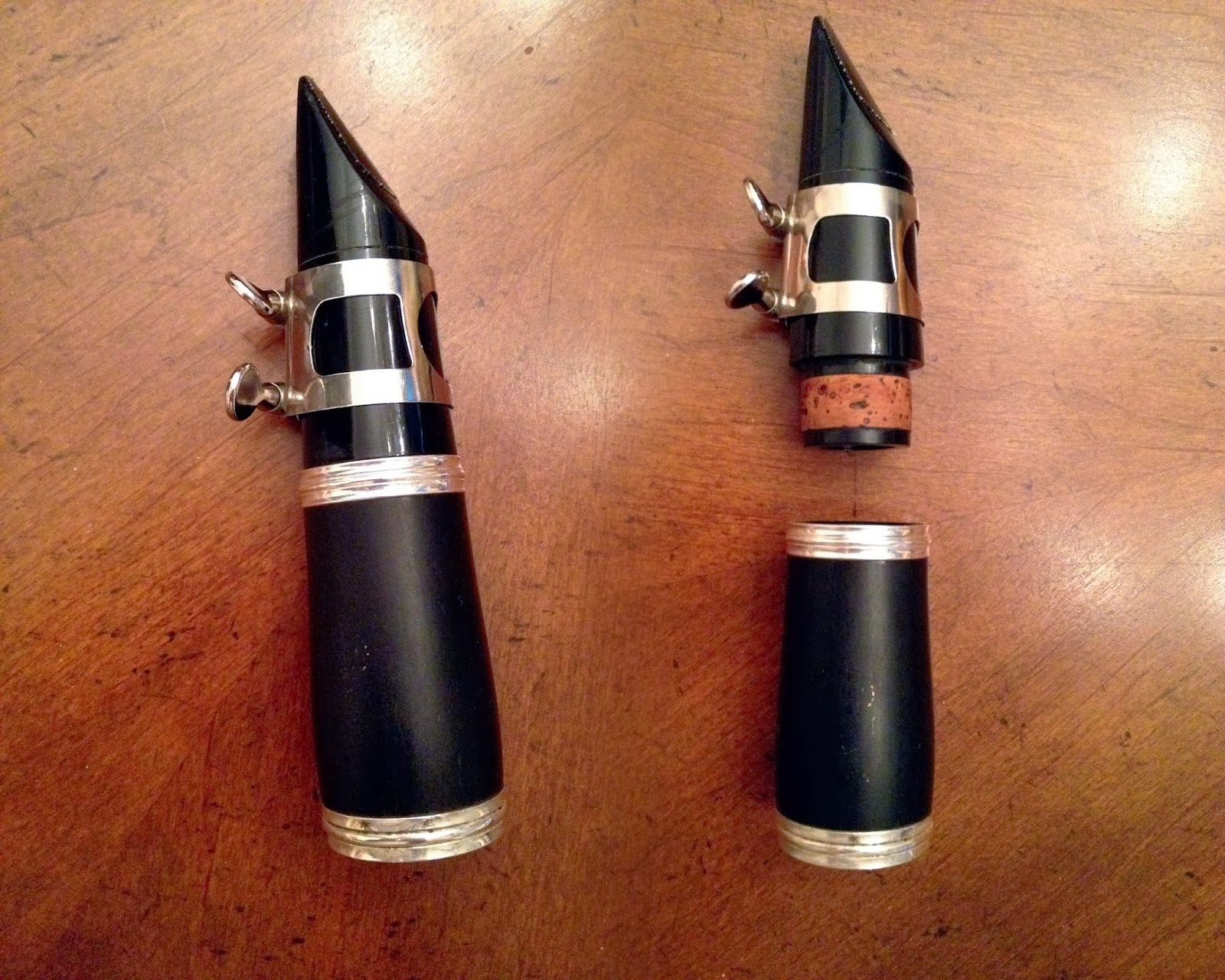It didn't take me very long to realize how different brass instruments are from woodwind instruments. The hardest part was adjusting to the embouchure.
Embouchure

I had listened to Mr. Klepacki talking to the brass section over the years, so I wasn't completely oblivious when I started learning brass embouchure. My first actual "lesson" came from the
Standard of Excellence book. It had a great explanation, and I picked it up really quickly. To find your mouth, shape the inside of your mouth as if saying "oh." Then, bring your lips together as if saying "em." The key is for the corners of your lips to be firm, but the center should be relaxed in order to create the buzz. Your chin should be flat and pointed. I discovered that buzzing relies on the firm lips; without them, I'd just blow air through pursed lips. Mr. Klepacki also recommended offsetting your lips on the mouthpiece (60/40) to make it easier.
Partials
The
Standard of Excellence book was written as if a student's first note could either be the C below the staff or the G in the staff. I first played the C, so I had to work from there. One of the most important things I learned was, "You have to play low to be able to play high." The lower partial came fairly easily, but control is essential. My lower partial was usually flat, so I had to lip it up. This was done by adjusting my lips or chin.
I started moving up the C major scale once I could play below the staff. C through E came fairly easily, but it took a while to get to the G. After that, the new goal was the C in the staff. The key is to tighten your lips and blow harder. I couldn't try to estimate how much air I would need, because I would always be wrong. Have no mercy. I also found it helpful to put more pressure on the mouthpiece. This aided in tightening my lips. I don't know if a trumpet player should actually do this, but it worked for me.
Finally, I wouldn't be capable of my current range (a little under two octaves) without the practice time I put in. Seriously. Every little bit helps. PRACTICE. There's no excuse not to. It helps your embouchure's strength and endurance so you can play higher and for a longer period of time. You'll also have more control over the instrument. Each note is different; one may be slightly flat for you, but the next will be sharp. Muscle memory will develop faster with practice!
Posture

I realized the most beneficial posture isn't what I've seen the other trumpet players doing in band. Most hold their trumpets down so the bell is in the stand. I've heard how that muffles the sound, but I discovered that it actually makes the instrument harder to hold. When I began playing, I naturally held the trumpet up. My neck was straight, and it was a lot easier to exhale. I tried holding the trumpet the way others do in band, but I couldn't. My airway was restricted, and my arms were put in an awkward position. Moral of the story: don't be lazy when holding a trumpet, even when you're just beginning. It'll pay off in the long run. As always, if you're not used to sitting up straight, don't give up. Soon, you'll be sitting up straight without thinking about it.








